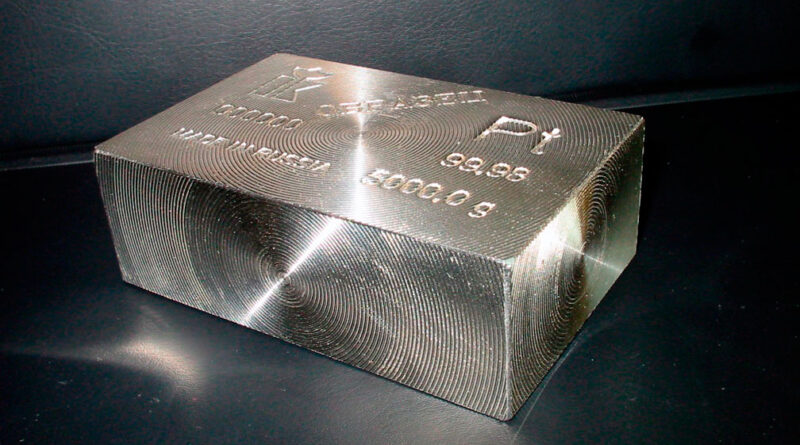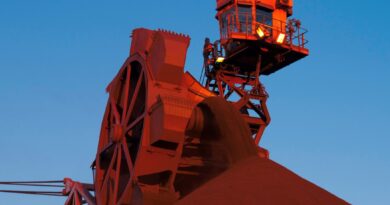Platinum market remains oversupplied in 2020
Platinum price was relatively stable in January-February trading in the tight range of USD900-1,000 per ounce before crashing to USD 600 per ounce in March. However, it recovered quickly to pre-coronavirus levels of USD 800-850 per ounce on the back of lockdown introduced in South African mining industry and the gold price rally.
The ETF demand did not record any inflows in 1H2020 unlike 2019, and the experts believe that the apparent surplus was accumulated in other non-transparent stocks. Market fundamental factors continued to deteriorate as diesel car sales underperformed both gasoline and EV sales across all markets.
Closed luxury goods stores and weak consumer confidence also severely affected jewellery sales. In 1H2020, global primary refined platinum production was also hit severely as South African mines were put on care and maintenance on March 26 for 21 days due to COVID-19.
In April, the operations were re-started, but continued to operate at lower capacity utilization rates, ranging from 50% to 80%. The average LBMA platinum price increased 2% y-o-y to USD 848 per ounce.
PLATINUM OUTLOOK
- both automotive and jewelry demand are expected to decrease 20% y-o-y,
- substitution of palladium in autocatalysts is not happening;
- rationalization of supply in South Africa is expected to be put on the back burner due to strong PGM basket price performance owing to rhodium and palladium;
- ETFs inflows in June and July indicate some revival of investors’ interest as other precious metals continue to rally.
A major PGM miner expects platinum market to remain in surplus of approximately 0.7 moz (almost 10% of the global demand) in 2020. It forecasts that global industrial demand will decrease 17% y-o-y to 6.3 moz.
The automotive demand will fall by 15%, with lower diesel car sales partly offset by higher offtake in HDD vehicles. Jewellery demand will contract by 20% following overall weakness in luxury goods retail.
Palladium substitution with platinum, albeit being actively communicated to the public by some industry participants, has not been implemented and thus has no immediate impact on demand. It is rather a long-term prospect.
Moreover, refined platinum supply (incl. scrap) is highly dependent on South Africa (which accounted for approximately 60% of the global supply in 2019), the region challenged by multi-year underinvestments, electricity supply issues, corruption and uncertainty overCOVID-19impact.
This feeds to consumer concerns over the long-term platinum supply availability, which, in its own turn, should result in a slower changes in the metal mix used in auto-catalysts.
ETF investment demand increased to over 400koz in May-July, thus fully offsetting the fund outflows in January-April. Further acceleration of investment demand from both retail and institutional investors is expected as prospects of more stimuli coming from global central banks should drive higher investment demand for precious metals overall, and platinum, in particular.
Platinum supply is expected to fall 17% y-o-y to 7.0 moz, driven by supply disruptions in South Africa and lower recycling.
The only major uncertainty – the spread of coronavirus as the situation in South Africa remains challenging: as of the end of July around 3,500 mining industry workers were infected.




